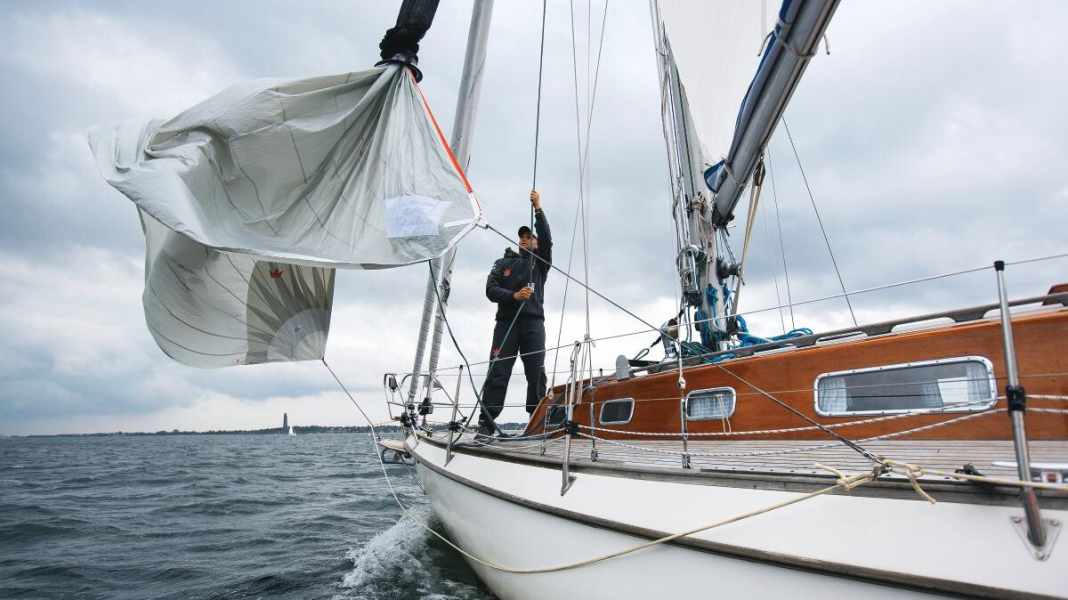
Regatta crews stuff the gennaker into the fore or main hatch at the leeward buoy in a matter of seconds. Cruising sailors often find it much more difficult with the colourful cloth. Without the hands of the crew and without training, the classic recovery manoeuvre seems risky and exhausting to many.
This is remedied by furling hoses and, more recently, furling systems that allow the gennaker to be furled like a genoa. The latest development is the so-called top-down furler. It consists of an endless furler with a swivel for the neck of the sail, an anti-torsion line, also known as a cable, and a top swivel. Unlike a furling genoa or the flat furling genoaks and code zeros that have been available for some time, the luff of the sail is not connected to the furling system. The advantage of the design: as the sail is only wound from the head, even very deep cuts with a flared luff are no problem. In principle, any existing gennaker can be set and furled with a top-down furling system.
We have tested in practice whether the system, which costs around 2300 euros, actually works so smoothly and what advantages it offers over a conventional recovery hose. Read in YACHT 2/2014 to find out for which applications the investment makes sense and where the recovery hose is superior.
